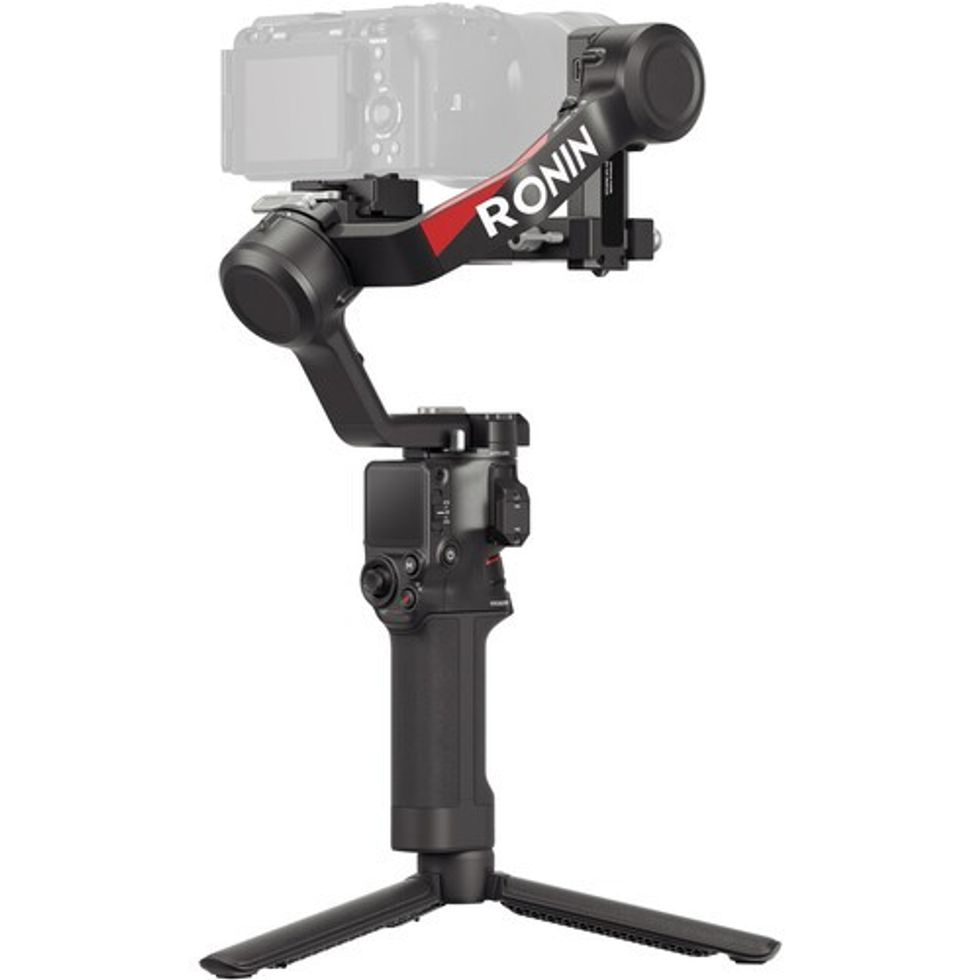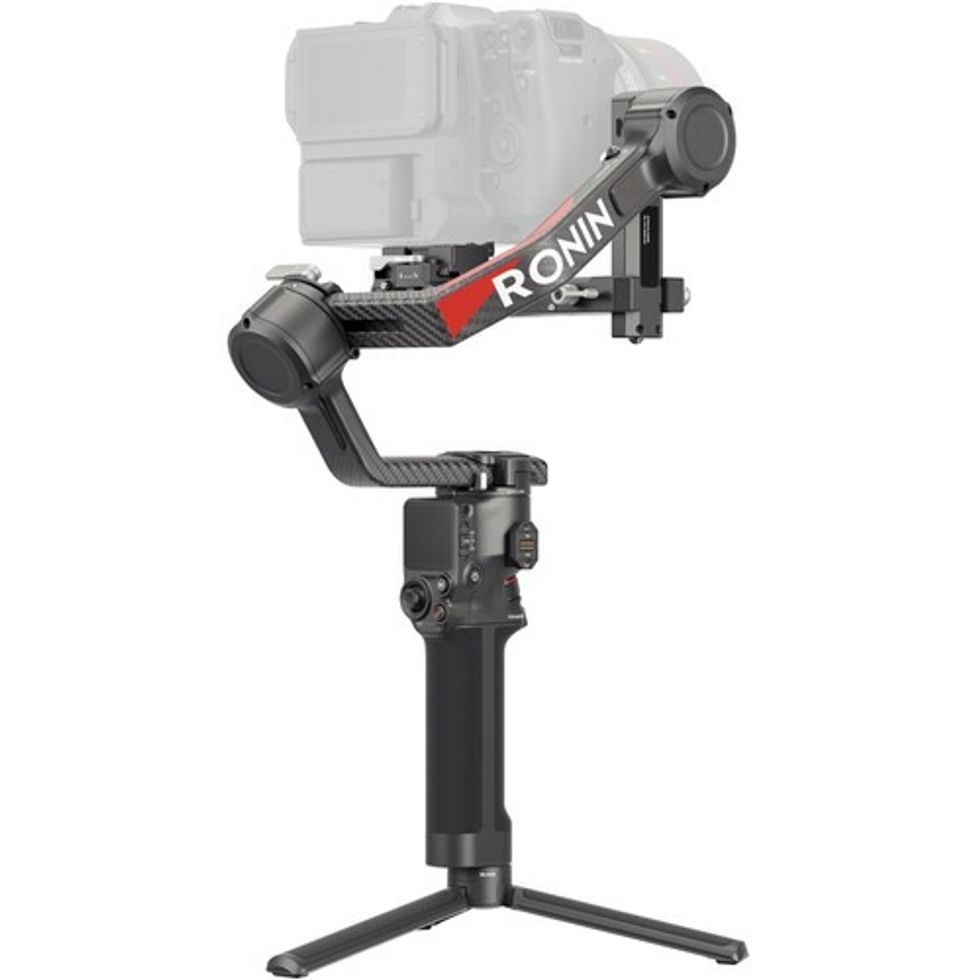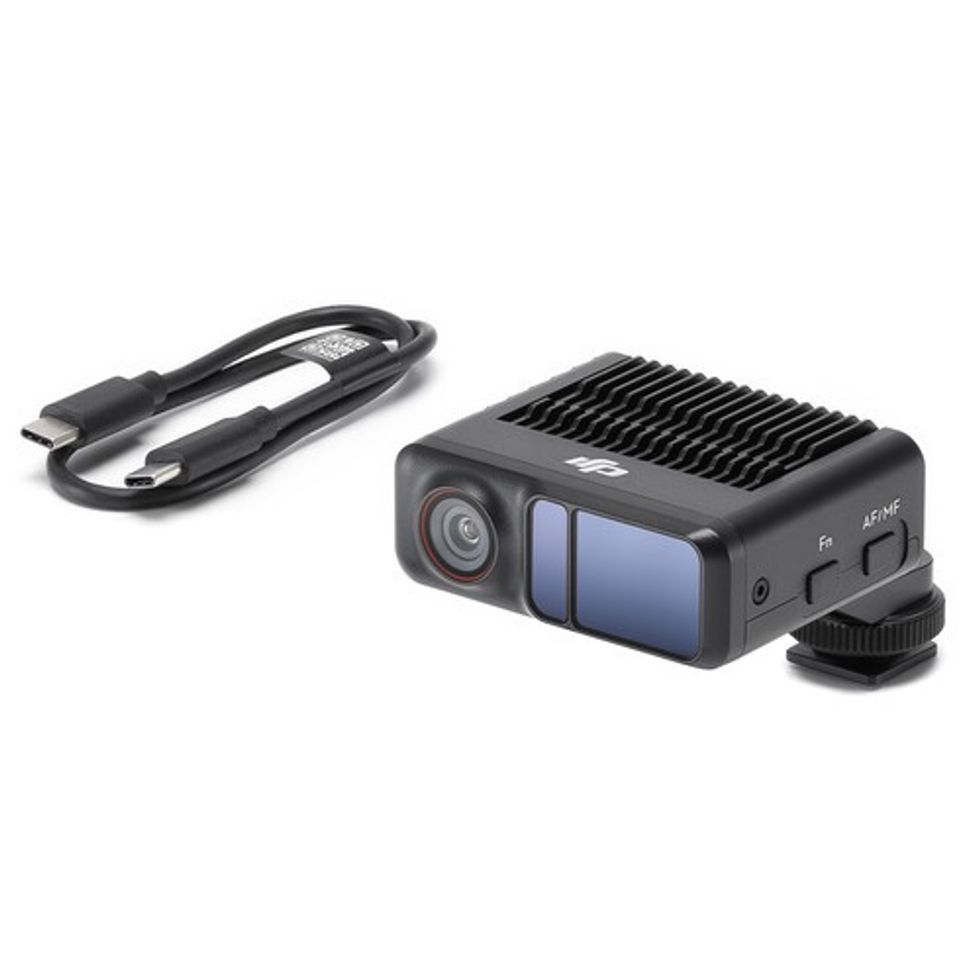
With NAB 2024 now just a few days away, the major players in the film and video industry are already beginning to make their announcements and unveil their latest innovations in products. For those who might be there in Vegas this weekend, you’ll get the chance to check out these new pieces of film and video gear yourself.
Or, if you won’t be able to make it, we’ll be there covering the conference for you to give you the news and announcements. We’re excited to check out these new gimbals and stabilization systems from DJI as they’ve announced some of their most advanced and innovative gimbals yet.
Let’s look at the new DJI RS 4, the DJI RS 4 Pro, and the debut of the DJI Focus Pro, the brand’s first independent lens control system that utilizes LiDAR autofocus technology.
The Latest from DJI
Known for their civilian drones and creative camera technology, DJI is really upping their game with these three new products—all squarely aimed at the filmmaking and content creation landscape. With the DJI RS 4, the brand is focused on redefining vertical shooting with enhanced efficiency and stabilization while also empowering solo cinematographers.
The DJI RS 4 Pro is a step up and is being dubbed as the brand’s new flagship stabilizer as it integrates with the DJI Pro ecosystem, fully offering a product that combines stabilization, transmission, monitoring, focusing, and control.
The DJI Focus Pro promises to be a major step forward for the brand as their first independent Automated Manual Focus (AMF) lens control system which should give shooters a new, robust tool to better realize their creative visions with ease and precision.
Let’s take a look at each and explore what they have to offer.
The DJI RS 4
A step up from the DJI RS 3, the RS 4 promises enhanced operation efficiency, native vertical shooting, and an expanded accessory ecosystem to serve as a powerful tool for the modern mirrorless camera shooter.
The RS 4 is set to weigh only 2.4 lbs and will be able to sport a load capacity of 6.6 lbs, which should be more than enough to support any compact camera buildout. This new gimbal will also include Teflon-coated axes to help reduce friction for a smoother balancing and operating experience overall.
The DJI RS 4 will also notably include several other new and intuitive features including a fine-tuning knob, auto-locking OLED screen, and RSA communication port for use with expanded accessories.
Here are the full specs and price options:
- Lightweight Design with 6.6 lb Payload
- OLED Touchscreen with Auto Lock
- 2nd Gen Native Vertical Shooting
- Automated Axis Locks
- Joystick or Bluetooth Mode Switching
- Supports Wireless Image Transmitter
- Teflon-Coated Axes
- 12-Hour Operation Time
DJI RS 4 Gimbal Stabilizer

Enhanced operation efficiency, native vertical shooting, and an expanded accessory ecosystem make the DJI RS 4 a powerful tool for the mirrorless camera shooter. The gimbal only weighs around 2.4 lb and sports a load capacity of 6.6 lb capable of supporting your compact camera build.
DJI RS 4 Pro
As the new flagship gimbal system for DJI, the RS 4 Pro will also be a powerful tool designed for the modern mirrorless camera shooter, offering enhanced operation efficiency, native vertical shooting, and an expanded accessory ecosystem.
A bit heavier than the RS 4, the RS 4 Pro will weigh in at around 2.74 lbs and will be able to sport a greater load capacity of 10 lbs, which should—again—be able to easily support any compact camera buildout.
The RS 4 Pro will also feature Teflon-coated axes to reduce friction and provide for a smoother balancing and operating experience as well, plus even more new and intuitive features like a fine-tuning knob, auto-locking OLED screen, and RSA communication port for use with expanded accessories.
Here are the full specs and price options:
- Lightweight Design with 10 lb Payload
- OLED Touchscreen with Auto Lock
- 2nd Gen Native Vertical Shooting
- Automated Axis Locks
- Joystick or Bluetooth Mode Switching
- Supports Wireless Transmitter, LiDAR
- Teflon-Coated Axes, ActiveTrack Pro
- 13-Hour Operation Time
DJI RS 4 Pro Gimbal Stabilizer

Enhanced operation efficiency, native vertical shooting, and an expanded accessory ecosystem make the DJI RS 4 Pro a powerful tool for the mirrorless camera shooter. The gimbal only weighs around 2.74 lb and sports a load capacity of 10 lb capable of supporting your compact camera build.
DJI Focus Pro LiDAR
Finally, DJI has also announced their new Focus Pro LiDAR unit that is designed to be used for both the RS 3 Pro and the RS 4 Pro gimbal stabilizers. This new system will help make achieving intelligent autofocus intuitive and easy for solo shooters or small crews looking to better streamline their camera work and stabilization endeavors.
The base unit for this Focus Pro is a rangefinder unit that will make focusing on objects in motion very easy thanks to its expanded 76,800 ranging points, 30 Hz refresh rate, and 65.6′ maximum detection area.
DJI also offers a Focus Pro All-in-One Combo system as well that offers more tools to achieve precise FIZ control over your manual camera lens, including a LiDAR unit, Focus Pro Motor, Focus Pro Grip, and a hand unit for more accurate, distant, and intelligent autofocus. Plus a carrying case holds all the components for travel to your next shoot.
Here are the full specs and price options:
- Designed for DJI RS 3/4 Pro Gimbals
- 76,800 Ranging Points
- Built-In Camera with 70° Field of View
- 65.6′ Detection Range, 30mm Focal Length
- Wide-angle and Telephoto Modes
- Flex Spot, ActiveTrack, Object Detect
- Works with Focus Pro Motor for Autofocus
- USB-C Input Ports
- Cold Shoe Mount, 1/4″-20 Thread
DJI Focus Pro LiDAR

Designed for both the RS 3 Pro and RS 4 Pro gimbal stabilizers, the DJI Focus Pro LiDAR unit makes achieving intelligent autofocus intuitive and easy for solo cinematographers. The rangefinder unit makes focusing on objects in motion a breeze thanks to its expanded 76,800 ranging points, 30 Hz refresh rate, and 65.6′ maximum detection area.
Author: Jourdan Aldredge
This article comes from No Film School and can be read on the original site.
